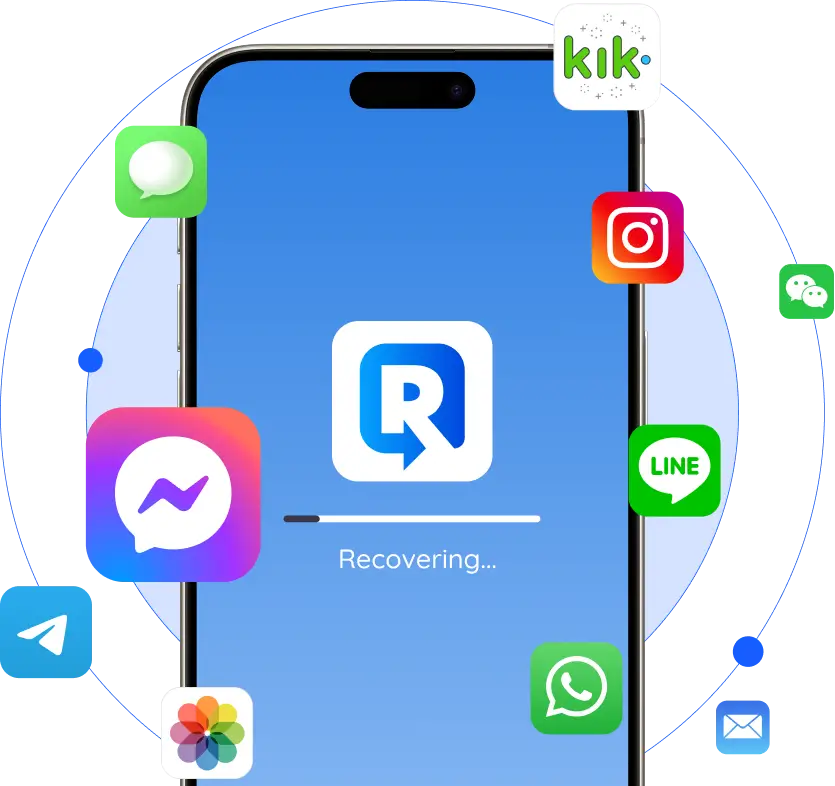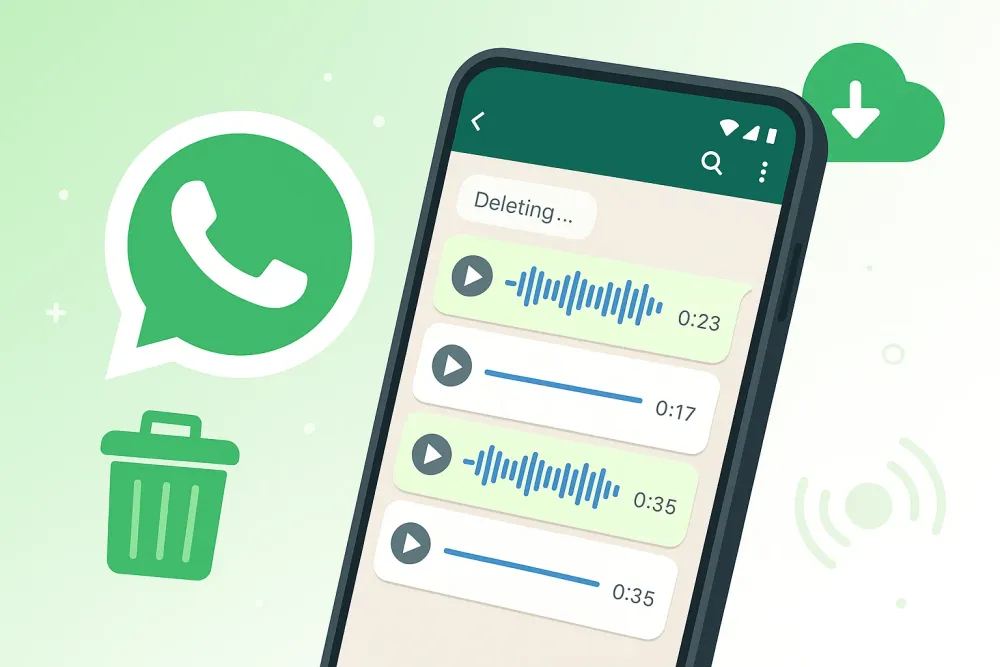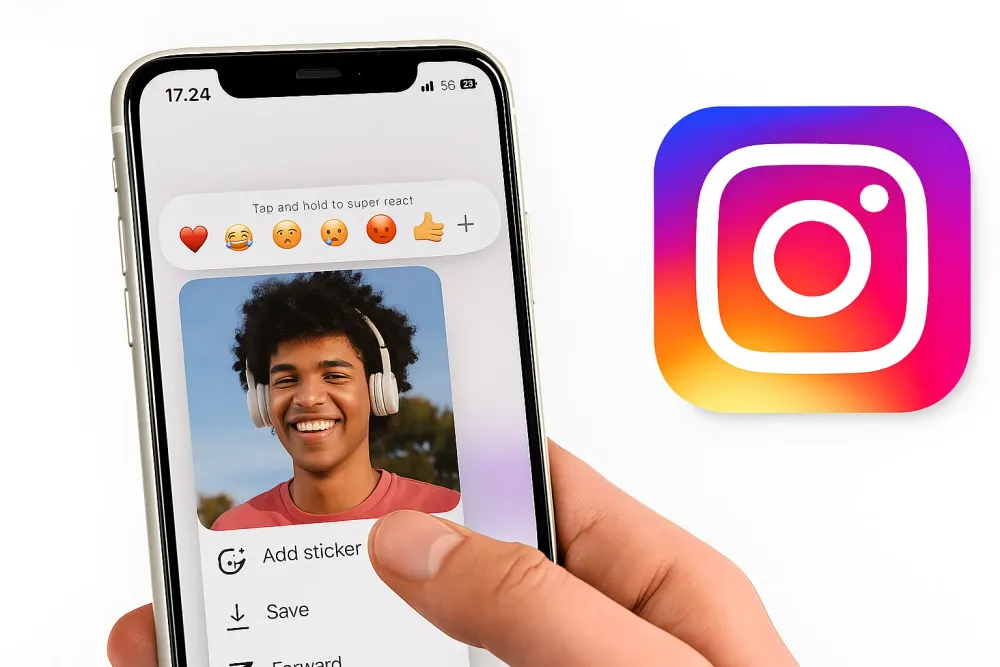Nothing is more stressful than opening your Photos app and realizing some pictures are missing. iCloud usually works quietly in the background, but small issues like sync delays, wrong settings, or old devices can make your photos appear to disappear.
Before diving into the full guide, use the table below to quickly identify which situation you may be in.
Quick Self-Check Table for Missing iCloud Photos
If you prefer an image version of the checklist for easy sharing, there’s an image-based version attached at the end.
Situation | Possible Cause | What You Can Do |
Some iCloud photos are missing on your iPhone | iCloud Photos didn’t finish syncing to the device | Sign in to iCloud.com to confirm the photos exist, then turn iCloud Photos back on |
Photos from a specific year are gone | The device you used that year never synced, or those photos were tied to another Apple ID | Check your old device or sign in to the old Apple ID to view the album |
More than one device uses the same iCloud account | A different device deleted the photos, and the deletion synced everywhere | Try recovering the photos with Gbyte Recovery |
Multiple people share one iCloud account | Someone else deleted the photos without you knowing | Use Gbyte Recovery to scan for recoverable items |
Some photos never uploaded to iCloud | Poor network, low iCloud storage, or iCloud Photos was turned off | Review your network, storage, and iCloud Photos settings |
Photos disappeared from your iPhone during upload | Older file formats or incompatible files caused errors when syncing | Back up those photos to another location |
Photos missing from your Mac library | You might be viewing a different library instead of the iCloud-synced one | Check which library is set as the System Photo Library; look at external drives |
Photos not showing in your Library | They may be hidden, recently deleted, or moved to another folder | Search the Hidden album, Recently Deleted, or other folders |
Photos deleted without you noticing | Accidental deletion synced across devices | Try recovering the photos with Gbyte Recovery |
Part 1. Why Your Photos Are Missing from iCloud
Photos can disappear from iCloud for several different reasons, and most of them are tied to how your device and iCloud handle syncing. Here are the most common reasons your photos might be missing:
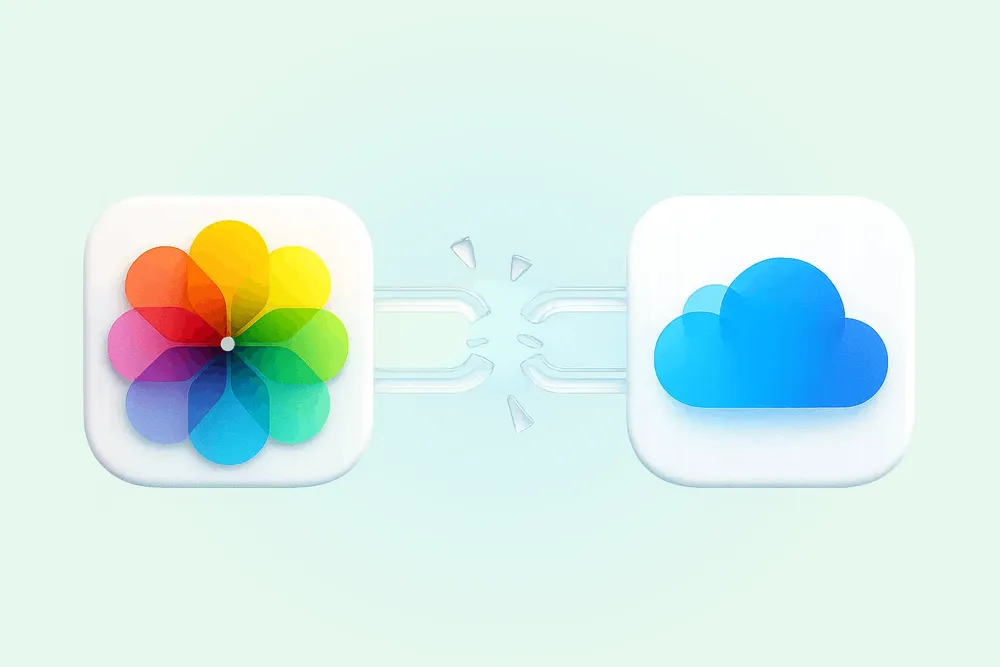
1.Your iPhone and iCloud are not syncing
If iCloud Photos is turned off, stuck, or paused, your device won't download or upload images. This often creates gaps between what you see on your phone and what shows up on iCloud.com.
2.Some photos are not compatible with iCloud Photos
Very old formats, corrupted files, or items imported from external drives may not upload to iCloud. When iCloud skips these files. Some users also report cases where incompatible files disappear after syncing, usually due to indexing or file errors.
3.You're checking the wrong Apple ID
If you've ever switched Apple IDs, used a work account, or shared devices with others, your photos may be tied to a different account. When you sign in with the wrong one, your library can look empty or incomplete.
4.Photos were deleted by accident
Deleting a photo on any device signed into the same Apple ID removes it from iCloud and all connected devices. Sometimes this happens on another device you own, or by someone who shares the same Apple ID with you.
5.Your photos never uploaded to iCloud in the first place
Poor network connection, low iCloud storage, or iCloud Photos being turned off can prevent photos from uploading. When this happens, the images stay only on the device and won't appear on iCloud.com or other devices.
6.iCloud glitches
At times, iCloud runs into unknown errors or compatibility issues that cause photos to disappear from your library.
Part 2. Methods to Bring Your Missing iCloud Photos Back
Method 1. Sign in to iCloud.com and check your library
Go to iCloud.com on a browser, sign in with your Apple ID and open the Photos app. If the missing photos appear there, the issue is with your device settings, not with iCloud.
Since your iPhone and iCloud can sometimes fall out of sync, checking iCloud.com is the most direct way to confirm what's actually stored in the cloud.
Method 2. Turn iCloud Photos back on
On your iPhone, go to Settings → Your Name → iCloud → Photos, then tap Sync This iPhone.
If it’s already on, turn it off and back on to refresh the sync.
When iCloud Photos isn’t working properly, your phone stops uploading new images and also stops downloading photos from iCloud, which makes your library look like photos suddenly disappeared.
Method 3. Look inside Recently Deleted, Hidden and Shared albums
Open the Photos app, go to Albums, scroll down to Utilities, and check the Recently Deleted and Hidden folders.
Also review the Shared Albums, which many users forget about.
Photos in these locations won’t appear in your main library, so they can feel "missing" even though they’re still stored in your iCloud.
Method 4. Sign in with the correct Apple ID
Open Settings and confirm which Apple ID you're using.
With iCloud Photos enabled, you can only see the library tied to that specific account.
If you previously used a work Apple ID, an older personal account, or shared an Apple ID with family, your missing photos may actually belong to one of those accounts. Missing photos can also occur if your current Apple ID needs re-verification or has restricted access.
To resolve issues related to Apple ID, sign out, sign back in, or switch to the correct account and check your library again.
Method 5. Recover Deleted Photos From Data Recovery Software
Sometimes photos are deleted without you noticing, either by accident or by someone else who shares the same Apple ID. When this happens, iCloud alone often can’t restore them. In these cases, you’ll need a third-party recovery tool.
Gbyte Recovery is a professional data recovery tool that can extract iCloud snapshots and rebuild older versions of your iPhone photo library. This allows it to recover photos that no longer appear on your devices or in iCloud. You can start with a free scan to see what’s still recoverable.
Step 1. Install and open Gbyte Recovery on your computer, or visit its mobile web version.
Step 2. Choose "Photos" and "APP Photos" as the file type you want to recover and click "Scan".

Step 3. Wait for the scan to complete. You’ll see all recoverable photos listed on the results page.
Step 4. Preview and save the items you want directly to your computer or phone.
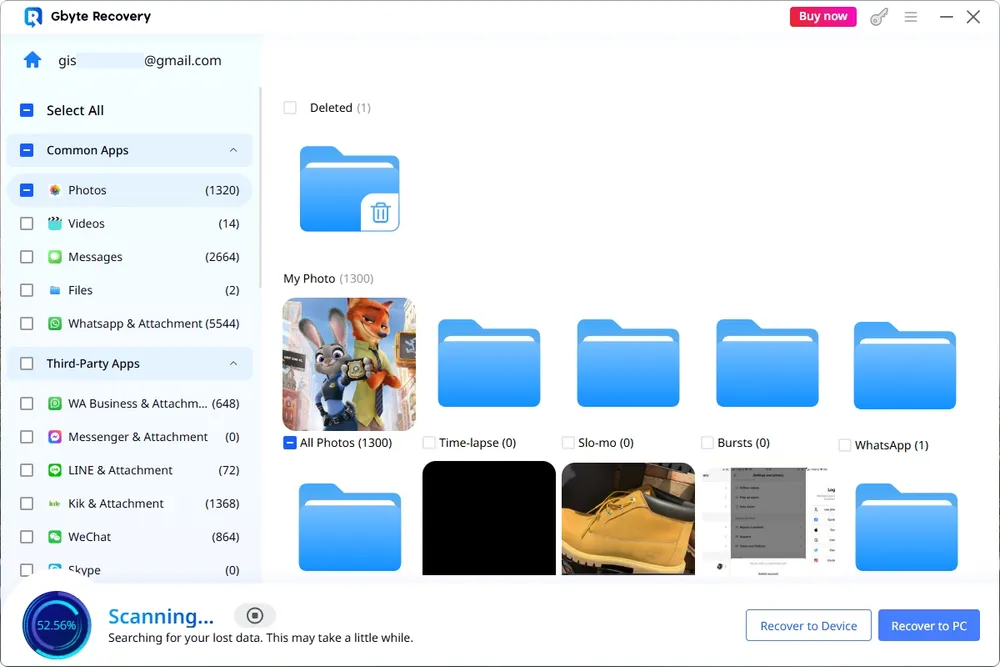
Tip: Gbyte Recovery can also scan for deleted photos, messages, contacts, and more. You can choose multiple file types to recover everything in one go.
Method 6. Check your old devices and save photos elsewhere
Sometimes photos were never uploaded to iCloud at all. Turn on your old iPhone, iPad, or Mac, open the Photos app, and check if the missing pictures are still stored locally.
Tip
Uploading old photos to iCloud can sometimes fail. Some users report that uploading an older library caused certain photos to disappear and failed to upload correctly.
To avoid this, back up the photos on your old device to external storage before trying to sync them with iCloud.
Method 7. Connect to a strong Wi-Fi network
iCloud needs a stable connection to upload or download high-resolution images and videos. Switch to Wi-Fi instead of cellular, then unlock your phone and leave the Photos app open for a few minutes.
Method 8. Check your iCloud storage
Go to Settings → Your Name → iCloud → Manage Account Storage.
If your storage is full, iCloud will stop uploading new photos, which means the pictures stay only on your device.
Free up iCloud space by deleting unused backups, removing large files you don’t need, or upgrading your storage plan.
Method 9. Contact Apple Support (best within 30 days)
If your photos disappeared recently, Apple may still be able to restore them from server-side logs or recovery windows. Open the Apple Support app or visit Apple's support page, and request help for "iCloud Photos missing." Recovery success is much higher if you contact them within 30 days of the loss.
Part 3. Other Smart Tips to Protect Your iCloud Photos
Check regularly if your iPhone’s photos have fully uploaded to iCloud
iCloud Sync relies heavily on Wi-Fi. If your connection is unstable, some photos may stay on your device and never upload to iCloud.
If you plan to switch phones or restore a backup from iCloud, make sure your entire photo library has finished uploading. This prevents surprises where the new phone shows fewer photos than the old one.
Back up your photos to another cloud service, a computer, or an external drive
iCloud Photos is not a backup service. It’s a sync system designed to keep the same photo library across all devices signed in with your Apple ID.
If you’re worried about bugs, sync errors, or accidental deletions causing photo loss, you should keep a separate backup.
You can upload your photos to another cloud service, save them to your computer, or store them on an external hard drive for long-term safety.
Apple normally does not delete your photos because of storage limits
When your iCloud storage is full, Apple stops uploading new photos. It does not delete your existing ones.
If you discover missing photos, the cause isn’t the storage limit itself. It’s more likely a bug, a sync failure, or very old file formats that iCloud can’t handle properly.
Try recovering photos from other places
Check your social media accounts, messaging apps, or cloud albums you might have shared photos to. Sometimes you can recover at least a portion of your lost images from platforms like Instagram, Facebook, or chat threads where the photos were once uploaded or sent.
Don't rush to buy more iCloud storage just because some photos disappeared.
Part 4. Complete Photo Troubleshooting Chart (Image Version)

